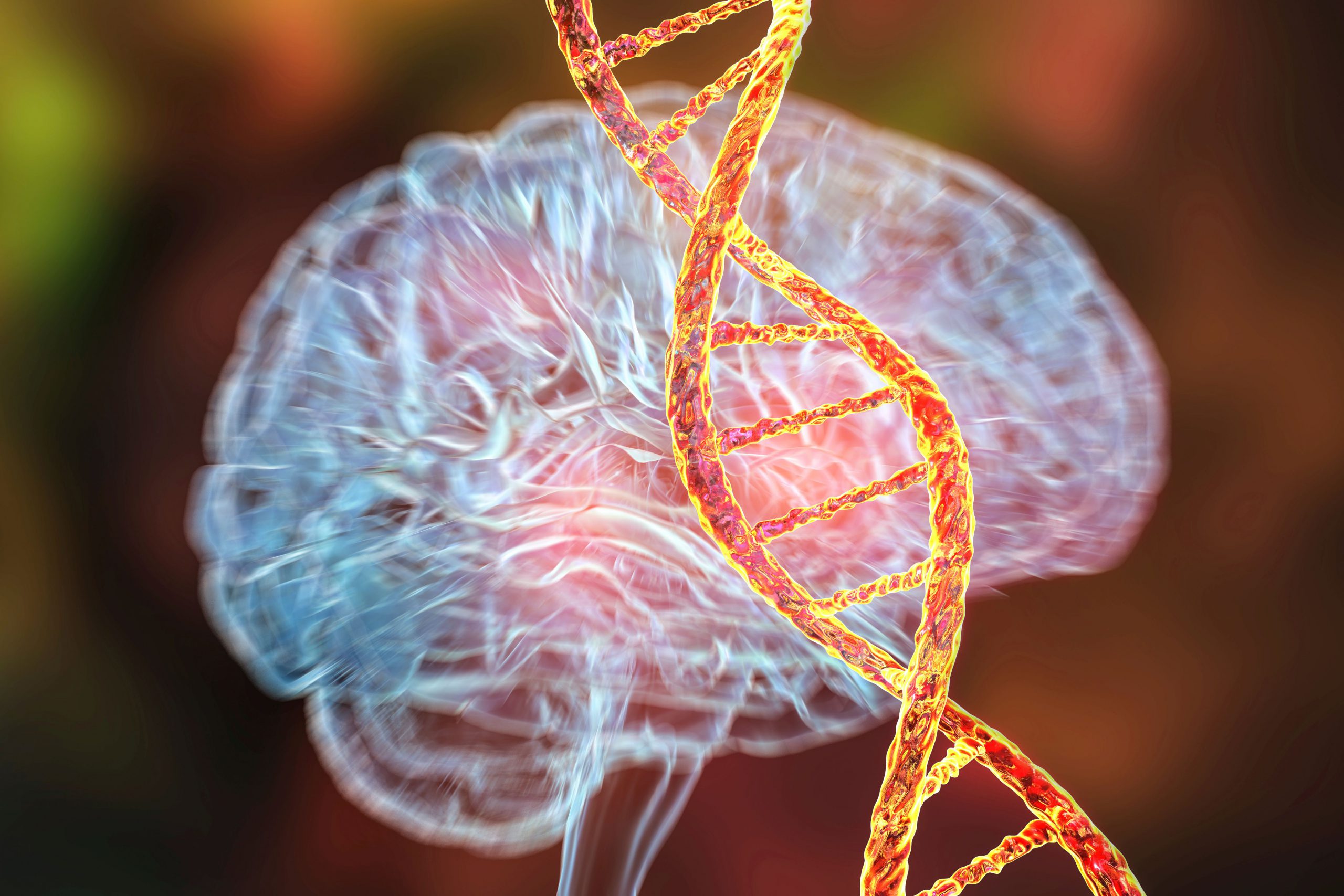“It all started off with my mum showing signs of difficulty controlling her limbs, and stumbling when she walked. My relatives suspected she could possibly be possessed by bad spirits, or more sensible speculation was Spinocerebellar Ataxia (SCA). I knew well that it must be a certain kind of disease, but I was disturbed and restless, not knowing.” Tung’s mother is a Huntington’s Disease (HD) patient who was diagnosed in her prime. “It was not until I checked my family history and came across the term HD. My grandpa, aunt and uncle, almost half of my family, died of HD at their thirties and forties, and it was only at that time I learned that mum actually inherited the same. Perhaps she was lucky in a way, because she discovered it in her fifties.” Tung continued.
People describe HD as a monster that hits you with symptoms of Alzheimer’s, Parkinson’s, and SCA altogether. HD is a rare hereditary genetic disorder that involves progressive degeneration of nerve cells in the brain. There are roughly seven in 100,000 people in Europe facing the tragic fate, though the recorded numbers in other Asian countries, including Hong Kong, is much smaller. The low public recognition of HD makes the number of cases look insignificant and isolated in some places. Professor Ho Yin Edwin CHAN from the School of Life Sciences of The Chinese University of Hong Kong (CUHK), an expert in the field of rare neurological and neuromuscular disorders for years said, “With a 50% chance of carrying the faulty gene from either one of the HD parents, the descendant is counting down his or her life from 20 years after the first experience of symptoms as it is usually fatal.” As time advances, patients experience progressive decline of their body movement control, cognitive thinking and intellectual ability, personality changes, and eventually swallowing, talking and breathing. So, it is expected that Tung’s mother is going to lose her ability to take care of herself in 1-2 years.
Unveiling pathogenetic root to silence the inherited genetic monster
Currently, HD remains an incurable condition with medication just for symptom relief. What HD patients and their families hope for is a drug that could potentially stop or hinder the genetic monster. There was an HD-targeting drug announced in 2017 expected to be out in the coming years, but it failed in clinical trials and was halted in March this year. “I thought I could be the one benefitting from the drug if I was to develop symptoms years later, but now, that sense of hopelessness is back.” It hit hard in the neurodegenerative disease sector, as well as Tung.
Right at the moment of false hope, Professor Chan, who is also the founder of Nexus of Rare Neurodegenerative Diseases (NRND), collaborated with scientists from the University of Illinois at Urbana-Champaign, USA and the University of Pisa, Italy and unlocked the mystery of the pathogenic mechanism of HD and further discovered a new druggable solution to HD after nine years of persistence. It is the first study to reveal that a small toxic molecule CAG RNAs (sCAG) causes the onset of HD by accumulating in nerve cells, triggering DNA damage, neuronal degeneration and cell death. Professor Chan said, “The significance of our research is to apprehend what is the pathogenic element that triggers HD, and provide a new perspective for HD therapeutic development.”
This new pathogenesis builds a promising basis for the team’s discovery that a small molecule compound, DB213, can merge with the neurotoxic sCAG and neutralise its toxicity. In an HD mice experiment, it is shown that motor deficits in mice caused by HD can be significantly restored. Previous experimental drug administration involved spinal injection. DB213 works better as it is brain-targeted and can be absorbed directly through intranasal administration. Study also showed its strength in passing through the blood-brain barrier between the brain and the nostrils. As it is highly sensitive and specific against sCAG, direct delivery can help relieve patients’ pain as unmanageable body movements adds to the difficulty of drug injection in the spine. It can eventually suppress the HD symptoms developed in the patient and delay the time of onset. Speaking of the potentiality of DB213, Professor Chan said, “We strongly believe that if the drug is fully sophisticated, it can also be utilised in the treatment of other neurodegenerative diseases like SCA.”

The team is now working with some pharmaceutical companies in initial discussion on investment and preclinical experiments on non-human primates. High hopes have been raised in Tung and his family by the team’s discovery, but there is also a long way to go before the drug can be fully rolled out and get registered at the Food and Drug Administration. Professor Chan added, “We are just on one-fifth of the road.”
To further stimulate the development and clinical trials of DB213, there is an urgent need to develop a patient registry for scientists and drug manufacturers to conduct drug researches and testing. A well-established patient registry like Enroll-HD established by American CHDI Foundation and European Huntington’s Disease Network will be capable of centralising information such as disease prevalence, patients’ medical histories, and clinical and genetic data from patient populations large enough to facilitate drug development and therapy. The existence of a patient registry will also provide a platform for people to find “companions”, not only those who suffer from similar symptoms but also those caretakers of the patients.

Having no doubt about the importance of having a holistic network for HD patients, caretakers, clinicians and scientists, Professor Chan is also actively coordinating the establishment of a patient registry of HD for Hong Kong with involvement of the Prince of Wales Hospital and Princess Margaret Hospital. It is an action of equal weighting and proceeding simultaneously with DB213 drug development.
Professor Chan claims humbly to be only a scientist-practitioner instead of a scientist, “I first entered into the research field of rare hereditary disease two decades ago and I witnessed the impact we could make was far greater and more meaningful than merely research papers. It’s the importance of staying true to how I started that makes me continue my journey on this area.” There might be more difficulties to pull through, yet the team’s discovery of and novel therapeutic direction for an HD drug candidate has been a reassurance that the treatment will not remain a pipedream. As Tung puts is, “The professor’s promising research has been a lifesaver for me and the three generations of my family.”










